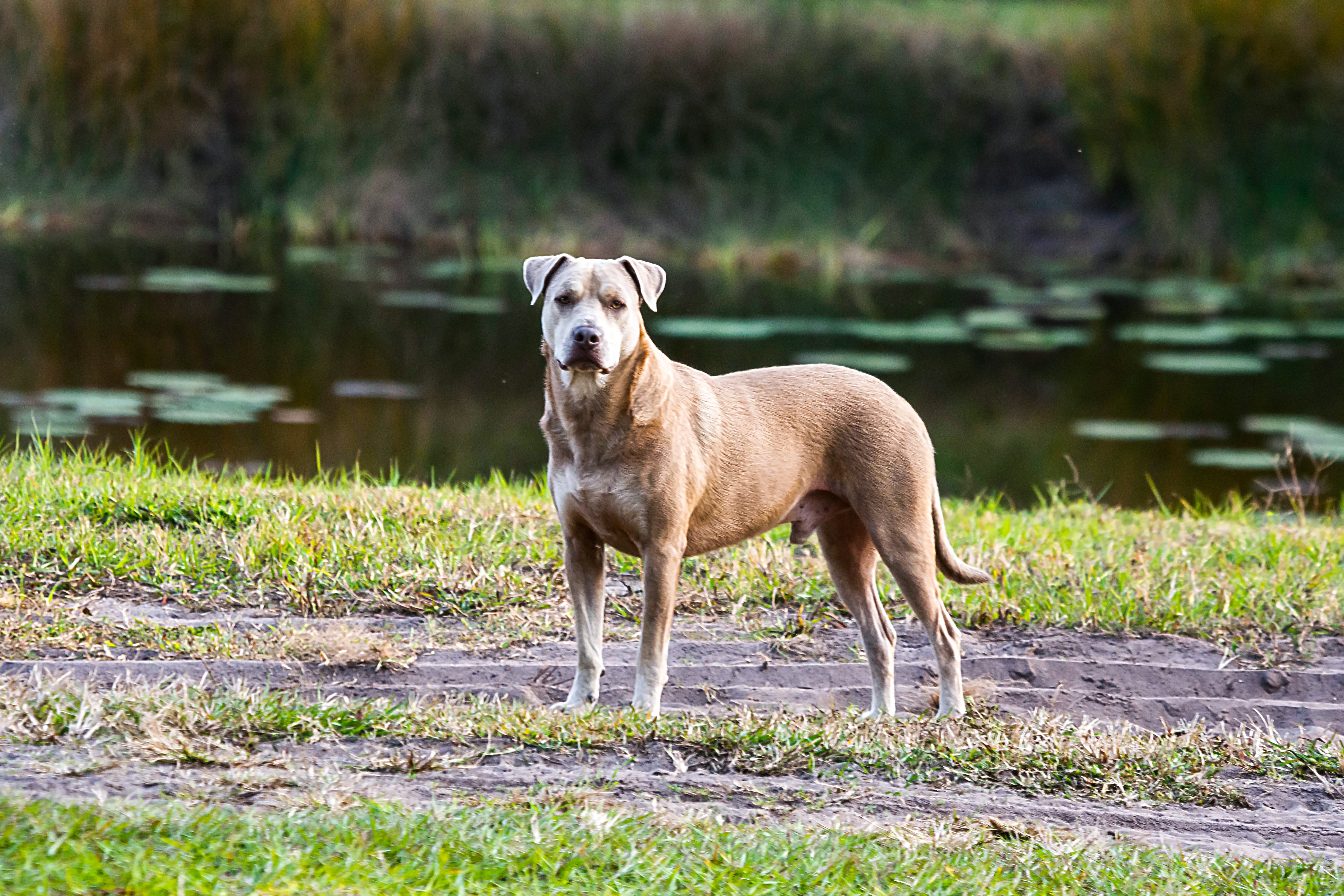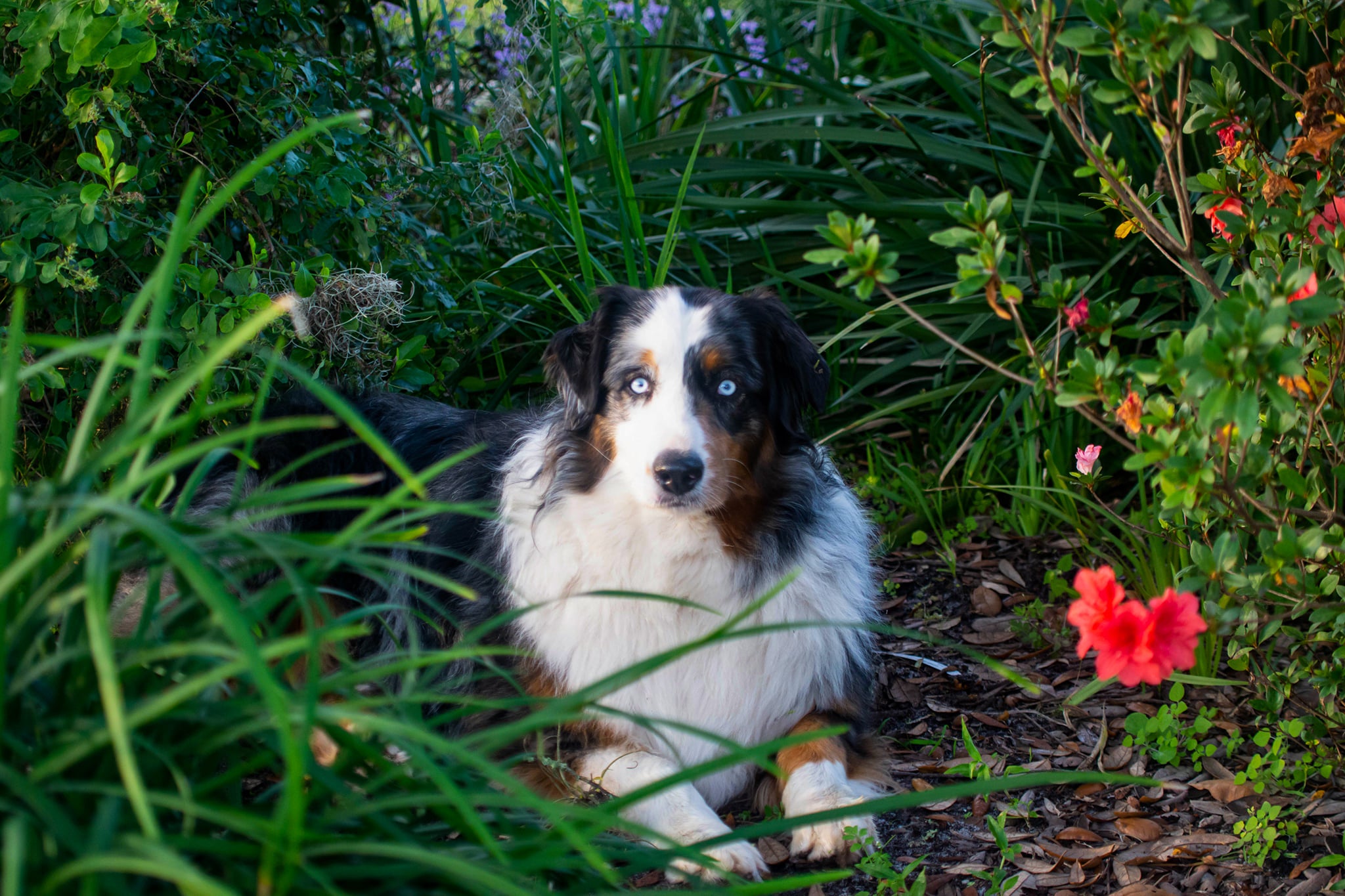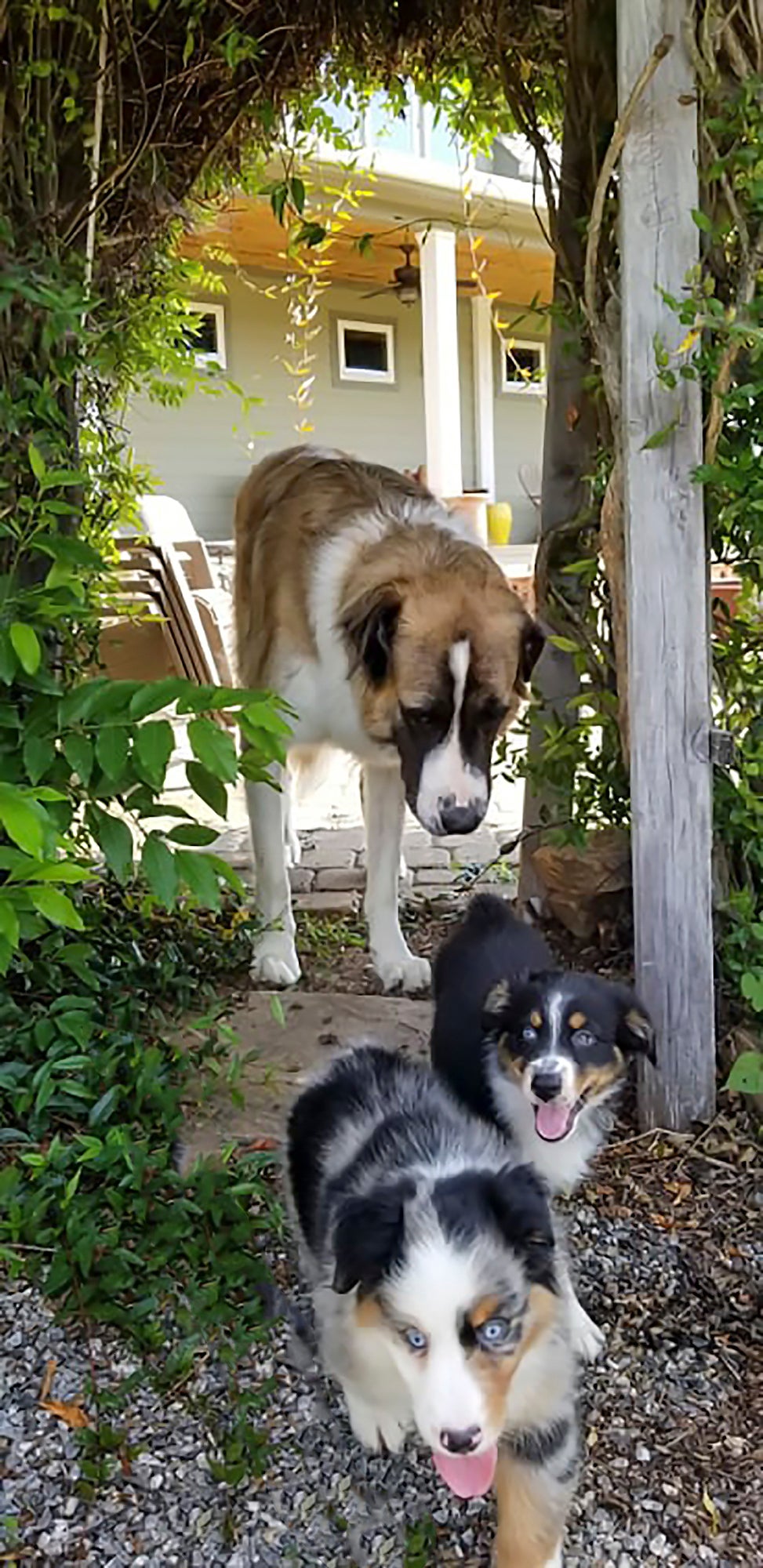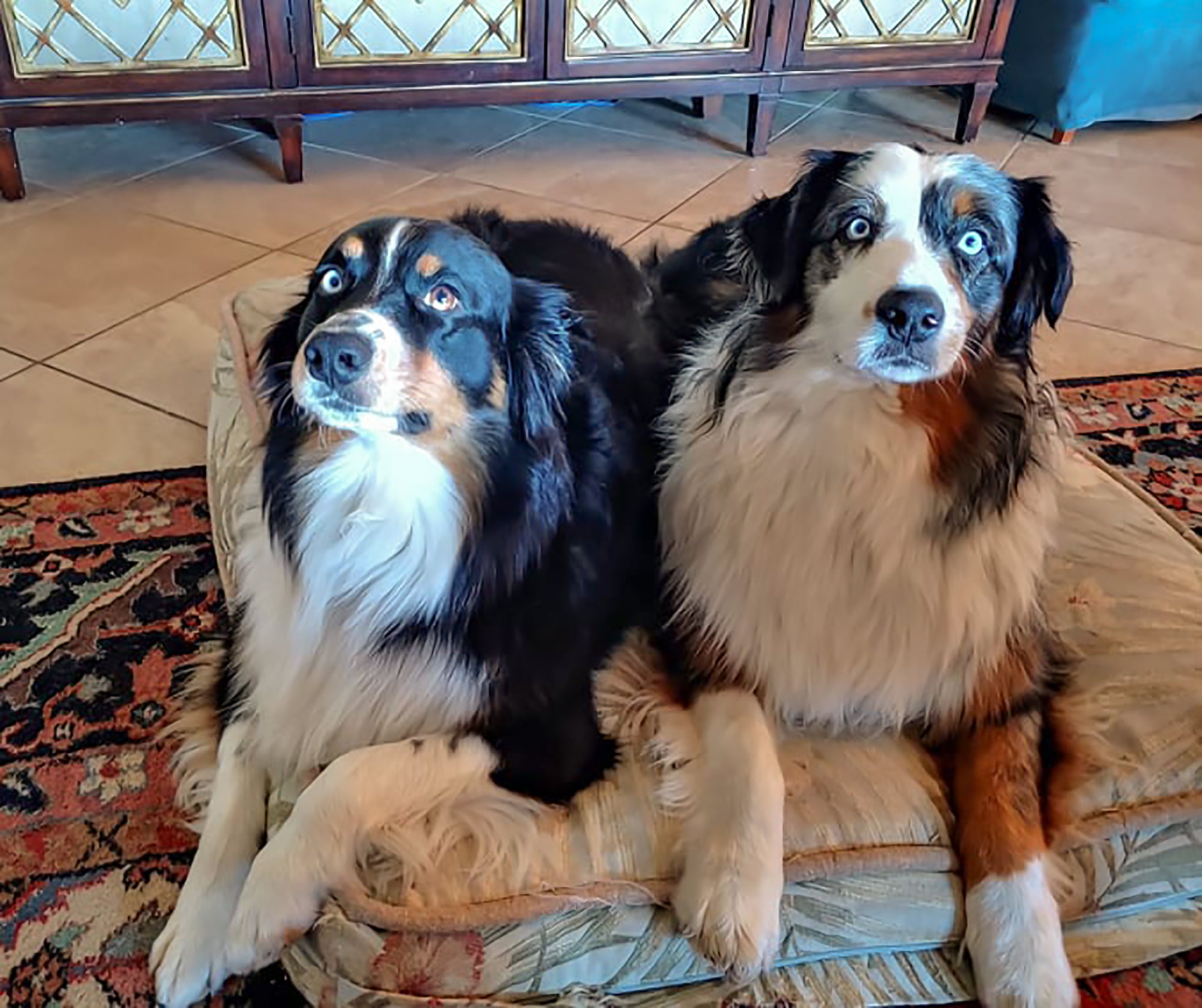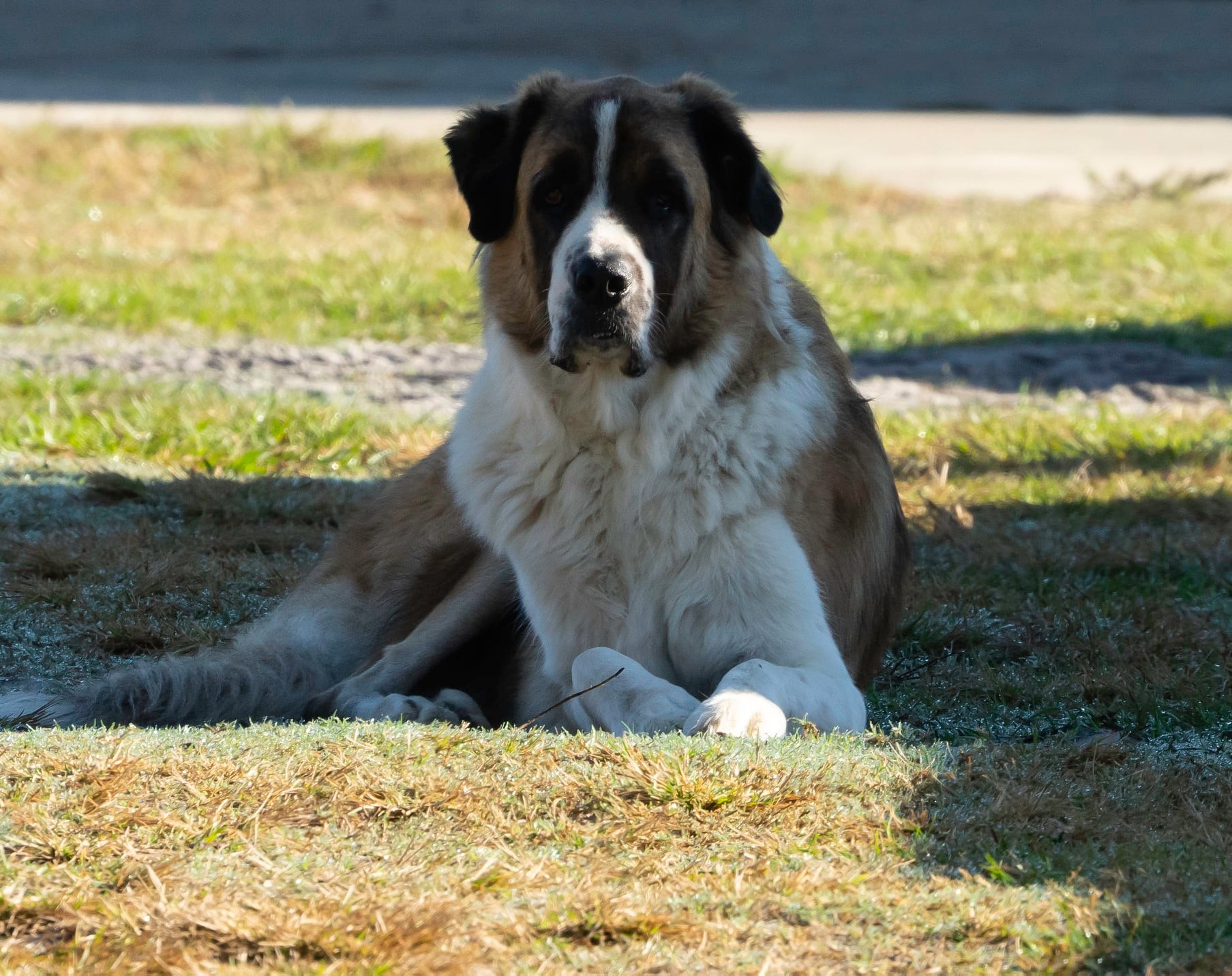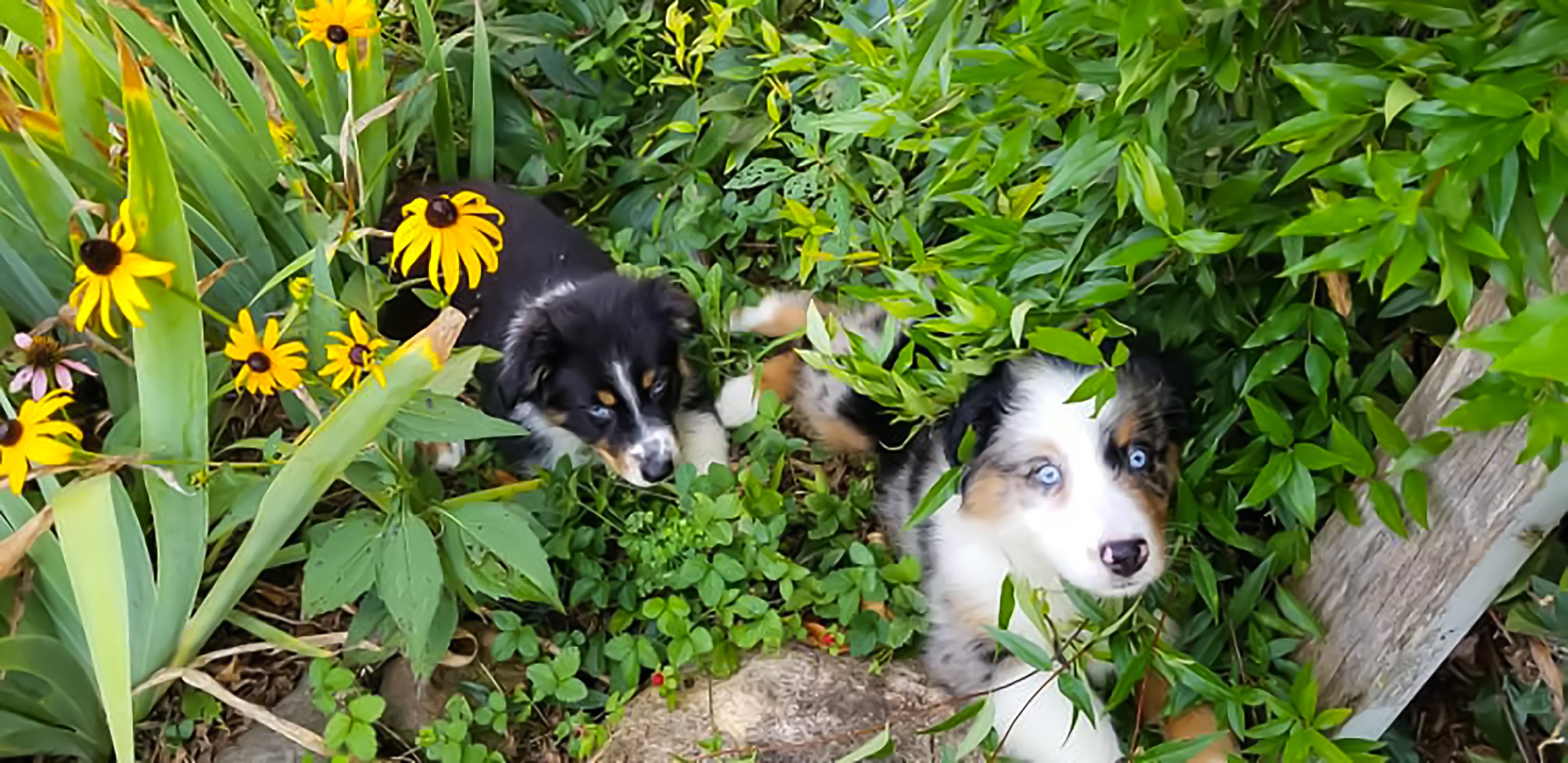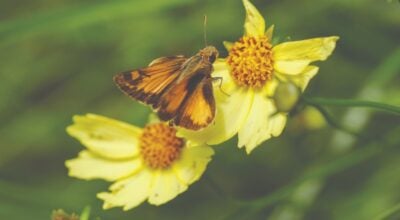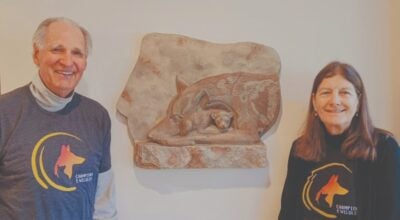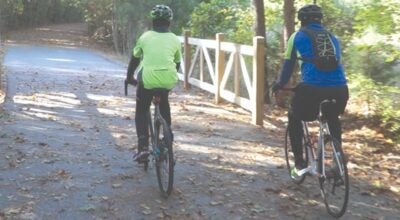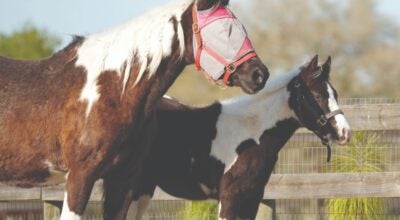Life in our Foothills March 2022 – The Barn Pack
Published 12:06 pm Wednesday, March 9, 2022
|
Getting your Trinity Audio player ready...
|
No Barn is complete without dogs. Horses and canines go hand in hand or better stated, paw-in-hoof. From hobby farms to working ranches, dogs play an important role. Protective companions, most canine livestock guardians are welcome in the fold.
There are several breeds that are synonymous with life among fine horses. The Jack Russell Terrier breed, for example, originated in Great Britain. They are fast and tenacious, able to hunt pesky rats that partake in the grain supply. They can keep up with the horses on an enduring ride. The American Fox Hound has been a historic presence for the hunt master for centuries. Hounds pursue the ardent adventure after the wily fox.
Other popular farm favorites are the Pembroke and Welsh Corgi. Both are ancient breeds, possibly dating back to the 10th century. They started disappearing from Welsh farms by the early 1900s. The cattle and livestock animals they watched over were smaller than those we see today, due to the roughness of the terrain, sparser edible vegetation, and generally depressed conditions of the region. Small herding dogs could safely handle such livestock. Presently the Corgi is a popular dog, spotted frequently at horse shows in the hunter/jumper equestrian world. Their smiling clownlike faces are simply irresistible.
On the Western frontier, working ranchers, astride their quarter horses, swear by their canines too. The Australian Cattle Dog is energetic and intelligent with an independent streak. They assist cowboys, working cattle fearlessly. This wiry breed lives well among equines too. On YouTube, one can find videos of these dogs riding a horse and leading a steed by its tether. A similar name but different breed is the Australian Shepherd. This medium-sized herding dog is a quintessentially American breed, developed in Western states like California, Colorado, Wyoming, and Idaho to tend to the large flocks of sheep. It is also one of the country’s most popular breed according to the AKC’s registration statistics, a ranking that has been rising in recent years. At our rescue ranch, Helping Equines Regain Dignity (HERD), we have a pair of Aussies, a tri-color female, Sable, and a blue merle named Madison.
Although Sable and Madison are not blood relatives, they are as inseparable as Siamese twins. One never sees one without the other in tow. Fluffy One and Fluffy Two, that is what they are affectionately called by HERD volunteer and Board member, Laurel Pfund. They follow our mistress of the farm, Heather Freeman, around like two devoted sheep.
Our family also adopted a mixed breed terrier type named Buster. This compact taupe-colored dog with soulful gold eyes was tossed over our back pasture fence into a field of horses at dusk. He narrowly escaped being trampled to death by this herd of protective mares. He began his life with us living in a stall, until we could get him neutered and housebroken. Willful and a bit hardheaded, this little bandit loves to chew up everyone’s shoes, wireless headsets, oriental rugs, and anything of value and off limits. Dog toys are not nearly as exciting as the forbidden for him. It is a good thing that Buster is adorably charming and affectionate, because he is the canine version of Peck’s Bad Boy. He also fancies himself as a herding dog. Buster likes to chase our miniature donkeys when it is time for them to return to their sleeping shed for the night.
Expanding upon this guardian topic, the Anatolian Shepherd is royalty in the livestock world for all types of herds and flocks. They descend from some of the oldest known domestic canine bloodlines, powerful hunting dogs from Mesopotamia some 6,000 years ago. Anatolians are Turkey’s prized canine. This breed is large and formidable; 27 to 29 inches tall and up to 150 lbs. Smart, devoted and responsive, they can be independent thinkers and dominant, ruling over their family pack. Intruders and newcomers are not welcome in their inner circle without proper introduction. A tall fence to contain them is a must. Swift and protective, the Anatolian is the breed selected to help protect and restore the endangered Cheetah population by the Cheetah Conservation Fund (CCF) which launched in 1994. These special dogs, raised and bred on a farm at CCF Namibia, are presented to Namibian farmers when the puppies are about eight weeks old. The youngsters integrate with their herds, barking loudly whenever they spot a predator, scaring the aggressor away. Most farmers report an 80% to 100% reduction in livestock kills. They no longer need to destroy cheetahs to protect the animals and their livelihood. Similar programs have been launched in Botswana, South Africa, and Tanzania.
I just happen to have an Anatolian protector of my own named Dutch. He watches over me like a hawk. As a young puppy, he was raised with a flock of goats. Dutch entered our family when he was 12 weeks old. He was the most adorable puppy. He got the name Dutch, because he is a Dutch-marked Anatolian, which is a bit rarer than the more typical tan and black coloration for this ancient breed. Dutch and I are similar in stature, although these days I am a tad heavier than he is from a few too many horse cookies.
We live next to a large conservation area and recently two cubs visited our farm unexpectedly. They were just outside my pasture gate, and their mother was not far behind in the stand of pine trees. Dutch spied them instantly. He charged without hesitation. His lion-like mane was standing; his tail held erect, his fangs in full view and his deep bark unmistakable. There have been cases of small ponies being attacked by bears, but I am not worried. I have Dutch. Our fearless guardian also has his two Australian Shepherd sidekicks and naughty Buster following him closely for the pursuit. A barn pack in full force, no ranch or farm should be without one.



